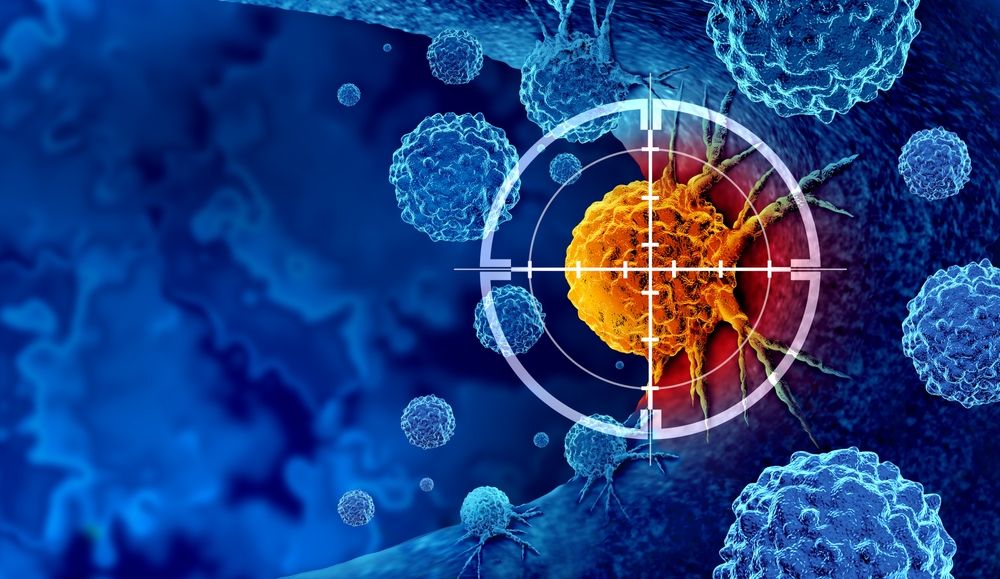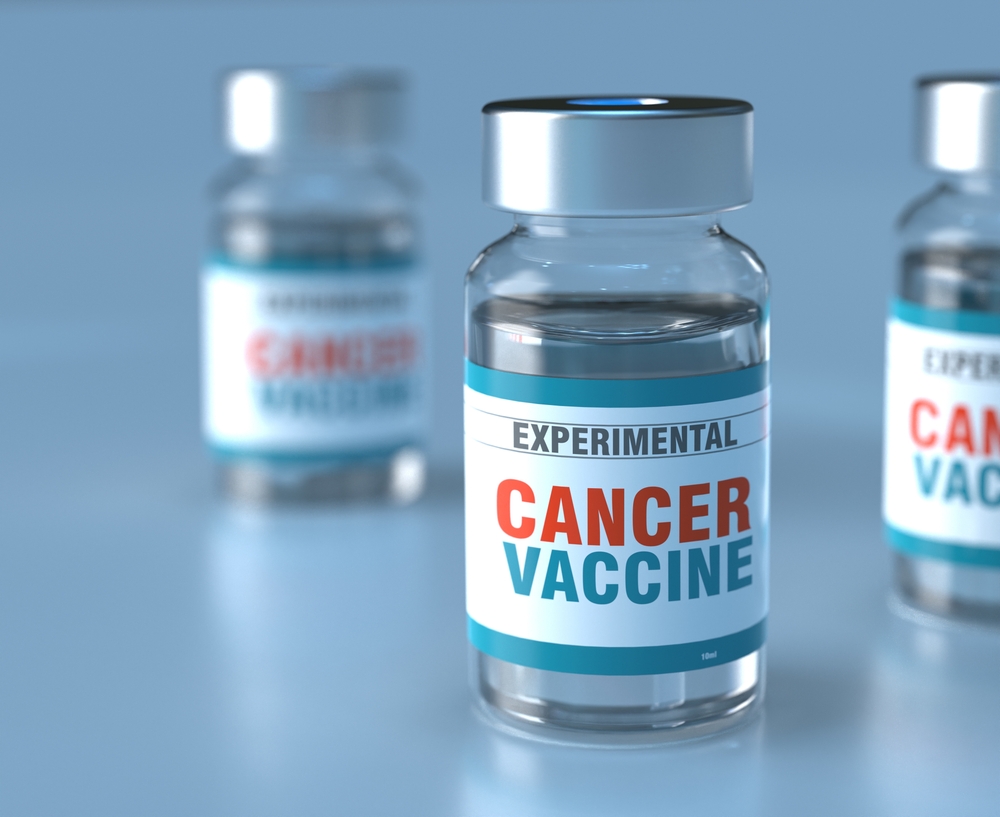New mRNA Shot Turns Immune Cells Into Cancer-Killers Directly Inside the Body, Study Finds
Last updated on
What if fighting cancer didn’t mean months of grueling hospital visits, weeks of waiting for lab results, and treatments that can cost more than a home? What if the body could be taught to heal itself not over time, but within hours? For decades, scientists have dreamed of turning the immune system into a precision weapon against cancer. In recent years, CAR T-cell therapy, a process that re-engineers a patient’s own immune cells in the lab, has offered that hope, sending some aggressive cancers into long-term remission. Yet for many, the therapy remains out of reach, bound by price tags approaching half a million dollars and preparation times that some patients simply cannot afford to wait. Now, researchers are testing a radically different approach: a single shot of mRNA that can reprogram immune cells inside the body to seek and destroy cancer. No lab extractions, no reinfusion just a microscopic set of instructions that could, in theory, turn ordinary immune cells into cancer-killers almost overnight. Early animal studies suggest it’s not only possible, but powerful, and it could mark the beginning of a new chapter in how we treat some of the deadliest diseases on earth.Reprogramming Immune Cells Inside the Body
Instead of harvesting T cells from the blood, shipping them to a lab, and engineering them over several weeks, researchers are now exploring how to transform those same immune cells directly inside the body. The idea borrows from the same messenger RNA (mRNA) technology that powered COVID-19 vaccines except here, the genetic instructions aren’t teaching cells to recognize a virus. They’re training the immune system to hunt down and eliminate cancer. The process begins with tiny delivery vehicles known as lipid nanoparticles. These microscopic fat bubbles are coated with antibodies that seek out a protein called CD5, found on most T cells. When the nanoparticles encounter their target, they fuse with the cell membrane and release the mRNA payload. Inside the T cell, the mRNA acts like a temporary blueprint, instructing it to produce a chimeric antigen receptor (CAR), a molecular sensor that recognizes a specific protein on cancer cells, such as CD19 in certain blood cancers.This in vivo (inside the body) approach offers several key advantages. It eliminates the need for preconditioning chemotherapy, which is often required in traditional CAR T-cell therapy to make space for engineered cells. It also works fast. Animal studies show the reprogramming begins within hours of injection and it’s repeatable, with multiple doses boosting cancer-killing activity without the severe side effects that often limit conventional CAR T treatment. The precision doesn’t stop there. In the Stanford-led study, scientists included a second mRNA strand encoding a protein visible on PET scans. This allowed them to watch the newly engineered CAR T cells as they moved through the body, infiltrated tumors, and got to work offering a level of transparency rarely seen in cancer therapy. By cutting out the lab entirely, this method has the potential to deliver the benefits of CAR T-cell therapy in a simpler, faster, and far more accessible form one that could be administered in a clinic rather than a specialized cancer center.🚨 BREAKING STUDY: mRNA Injections Induce Severe, Long-Lasting Genetic Disruption Linked to Cancer and Chronic Disease
— Nicolas Hulscher, MPH (@NicHulscher) July 25, 2025
🧪 Using high-resolution RNA sequencing on blood samples, we discovered that COVID-19 “vaccines” SEVERELY disrupt expression of THOUSANDS of genes—triggering… https://t.co/fLuUHPFRW0 pic.twitter.com/CTH7QNQ93y
How the Science Works


What the Research Shows So Far


Beyond Cancer: Wider Medical Potential

-
- Autoimmune Disorders: Conditions like lupus, multiple sclerosis, and rheumatoid arthritis occur when the immune system mistakenly attacks healthy tissues. In severe lupus cases, traditional CAR T-cell therapy targeting rogue B cells has already shown the potential to induce long-term remission. But for many autoimmune patients, the logistical and physical toll of extracting, engineering, and reinfusing T cells is too great. The mRNA shot could make the same therapeutic effect possible with a far less invasive, repeatable approach delivered in hours instead of weeks.
-
- Organ Transplant Medicine: Rejection occurs when immune cells attack a transplanted organ. By reprogramming T cells to suppress these specific attacks or to remove only the most harmful immune cell populations, an mRNA-based therapy could reduce the need for lifelong, broad-spectrum immunosuppressants, which leave patients vulnerable to infections and cancer. At present, this remains a theoretical extension of CAR T’s immune-modifying power.
-
- Chronic Inflammation and Fibrosis: Researchers speculate that mRNA-targeted immune reprogramming could also be used to dial down inflammation in conditions like inflammatory bowel disease, or to reverse scarring in organs such as the heart or liver. In one animal study, modified mRNA delivered to cardiac tissue helped reverse fibrosis and restore heart function, suggesting the platform’s adaptability beyond oncology.
-
- Infectious Diseases: The same principle could be applied to viral infections that require a strong, targeted immune response. By instructing T cells to recognize and eliminate infected cells more efficiently, the therapy could add a new dimension to antiviral treatment especially for persistent viruses that evade standard immune defenses.
-
- Built-In Safety for Broader Use: A critical advantage for these potential applications is that mRNA-based programming is temporary and does not alter the cell’s DNA. This means the therapy can be fine-tuned, paused, or repeated without permanently changing the immune system making it suitable for diseases that may require intermittent treatment rather than a permanent immune overhaul.
Turning Point in Cancer Care
The idea that a single injection could train the body to fight cancer or even calm an overactive immune system once belonged to the realm of science fiction. Today, it’s edging closer to reality. This mRNA-based approach has the potential to remove some of the biggest barriers to advanced cancer therapy: time, cost, and access. But as with every medical breakthrough, progress will depend on careful science, transparent data, and rigorous testing in real-world patients. If human trials confirm the safety and efficacy seen in animal studies, this could mark a profound shift in how we think about medicine not just as something delivered from the outside, but as a way of unlocking the body’s own ability to heal. For patients and families facing the uncertainty of a cancer diagnosis, this research offers more than just another treatment option on the horizon. It offers a glimpse of a future where lifesaving therapies are faster, gentler, and within reach for far more people. The journey from discovery to cure is long, but this is a step worth watching closely because it might just change the way we fight disease for good.Some of the links I post on this site are affiliate links. If you go through them to make a purchase, I will earn a small commission (at no additional cost to you). However, note that I’m recommending these products because of their quality and that I have good experience using them, not because of the commission to be made.

































 JOIN OVER
JOIN OVER
Comments